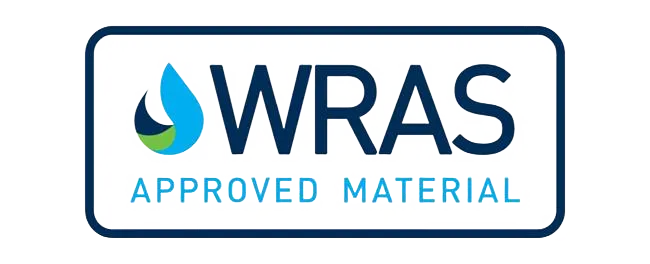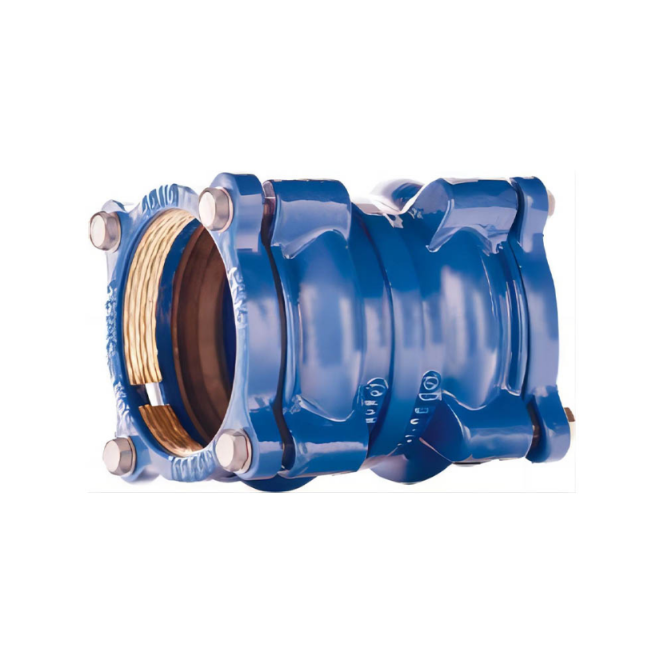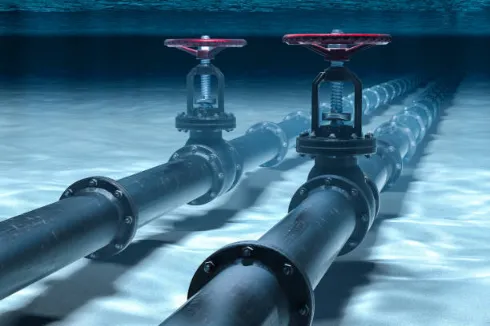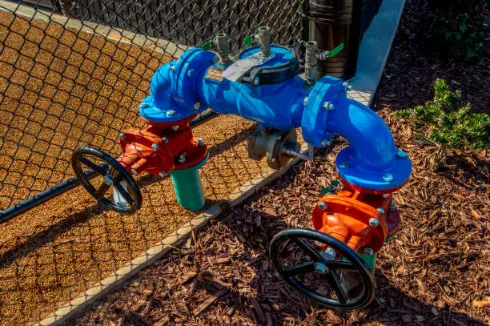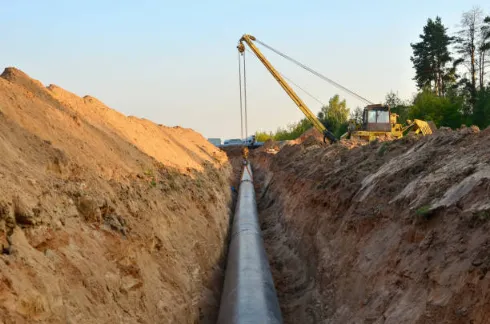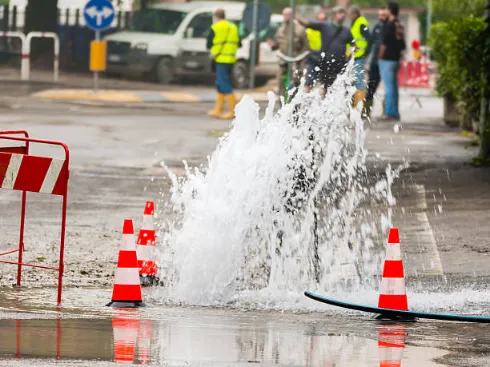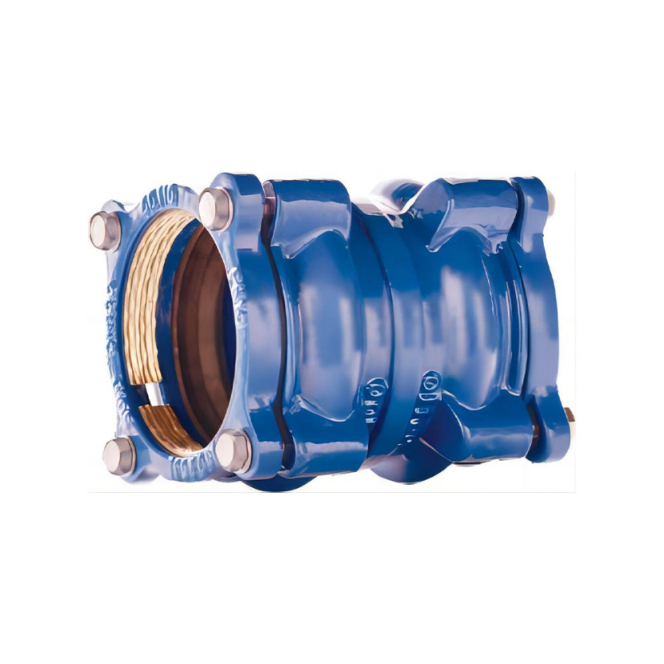
Desalination plants are built to turn salty seawater into fresh, drinkable water. These facilities rely on huge pipeline networks that move water from the sea, push it through filters, and carry clean water to storage tanks. To keep the whole system running well, the small parts that connect the pipes are just as vital as the pumps or filters. Among all the parts, expansion joints and couplings are two that engineers often highlight.
This article takes a closer look at why these products matter, what problems they solve, and how they support long term use in desalination projects.
Why Pipeline Connections Matter in Desalination Plants
The role of reliable joints
Pipelines in desalination plants stretch for long distances. They carry seawater under pressure, transport high salinity brine, and deliver fresh water after treatment. If one joint fails, the whole line can stop. That leads to water loss, costly repairs, and sometimes even safety risks.
Conditions unique to desalination
Seawater is not like regular freshwater. It’s packed with salts, minerals, and substances that quickly rust metal. Plus, pumps cause ongoing shaking, and temperature changes make pipes stretch or shrink. Without sturdy connectors, those pipes would soon wear out or snap.
Balancing cost and safety
A good pipeline connection is more than a link between two pipes. It must save time during installation, reduce the chance of leaks, and make future maintenance easier. The best solutions are those that balance lower costs with higher safety and steady operation.
Expansion Joints: Protecting Pipelines from Stress
Absorbing movement and vibration
Expansion joints are flexible parts placed between pipes. They allow slight movement and absorb vibration from pumps or machinery. In desalination plants, this role is critical because large pumps work all day, shaking the system. A rubber expansion joint can act like a cushion, softening the impact on the metal parts.
Guarding against thermal changes
Pipes often face big temperature differences. For example, seawater may be warm at the inlet but cooler after passing through filters. Expansion joints give the system the ability to shift without cracking. This reduces the chance of stress damage and adds years of service life.
Choosing the right material
Not all expansion joints are the same. For desalination, joints must resist saltwater, pressure, and constant use. Rubber types such as EPDM are common, while some projects need stronger builds with metal layers. By working with Conflex Joints, project teams can pick materials that fit their exact needs.
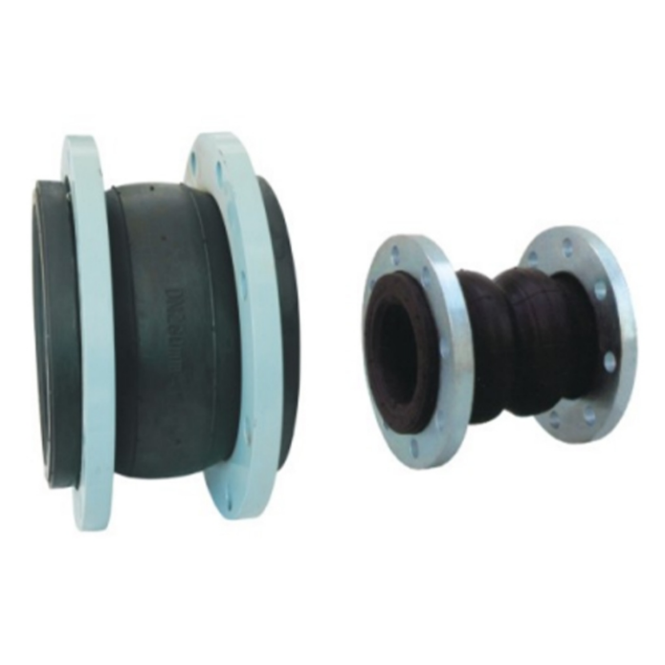
Couplings: Simplifying Installation and Repair
Quick and secure pipeline connection
Couplings connect pipes without the need for heavy welding or drilling. They slide over the ends of the pipes and are tightened into place. This makes them quicker and simpler to use, especially in narrow plant areas where space is limited.
Handling maintenance and emergencies
No plant can avoid repairs forever. A leak or damaged pipe must be fixed fast. Couplings make this possible because workers can replace a pipe section in a short time. The restrained coupling for PE pipe is a strong choice for areas under pressure, since it locks the pipe ends securely.
Flexibility for different pipe materials
Couplings are highly adaptable. They can connect steel, ductile iron, or plastic pipes with equal ease. In desalination plants, where different pipe types may be used in separate stages, this flexibility saves time and cuts down the risk of mismatch.
Key Considerations for Desalination Projects
Corrosion resistance
Saltwater is tough on all metals. Joints and couplings need coatings, linings, or gaskets that block rust and chemical damage. Without these, maintenance costs rise fast.
Pressure rating
The reverse osmosis stage of desalination uses very high pressure. If joints are not designed for this, they may leak or burst. Checking the pressure rating of each product is a simple but essential step.
Ease of inspection and replacement
Pipeline parts should not only be strong but also easy to check and replace. Expansion joints and couplings that allow fast inspection reduce downtime and keep production steady.
How Conflex Joints Supports Desalination Projects
Proven product range
Conflex Joints offers a wide selection of products that suit different pipeline challenges. Their rubber expansion joints are used in projects worldwide, and their couplings help both new builds and quick repairs.
Expertise and customization
Every project has special needs. Some require specific coatings, while others need joints built for unusual pipe sizes. When you get to know them, you’ll see how they can adjust designs to match different demands.
Easy contact for global projects
For teams looking for practical support, it’s simple to contact them. Quick communication helps project managers save time when choosing products for desalination systems.
FAQ
Q1: Why are expansion joints important in desalination plants?
They take in vibration, heat changes, and pressure shifts, stopping cracks and leaks in the pipeline.
Q2: Can couplings handle high pressure seawater pipelines?
Yes. Many couplings are built with reinforced seals and locking systems, making them safe even under strong water flow.
Q3: What materials work best against seawater corrosion?
EPDM rubber with protective coatings is often used. The exact choice depends on the water quality and plant setup.
Q4: How often should expansion joints and couplings be checked?
A check every 6 to 12 months is smart. It helps catch small problems early and avoids sudden failures.
Q5: Where can I find trusted suppliers for desalination pipeline joints?
You can visit Conflex Joints to explore their products and solutions designed for desalination projects.




